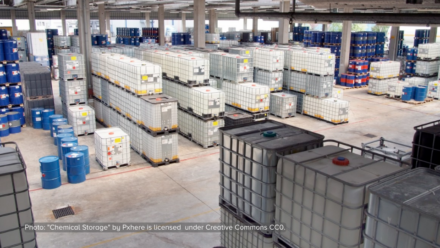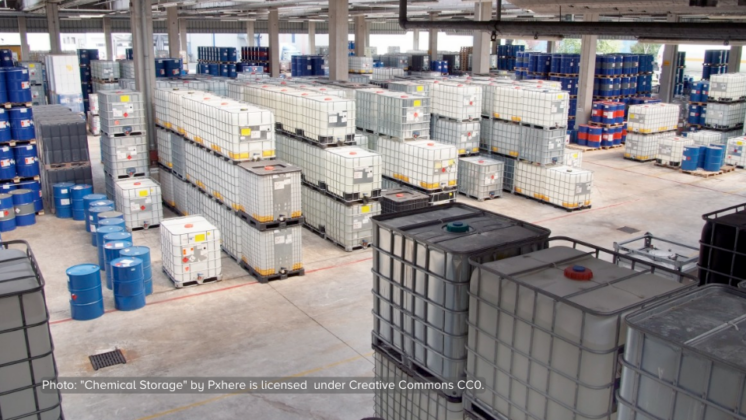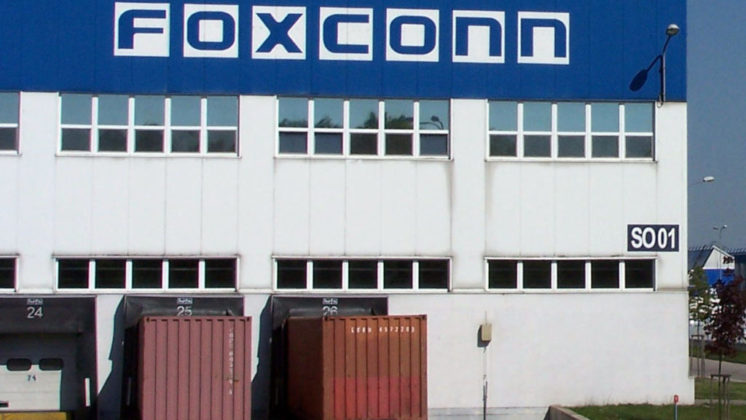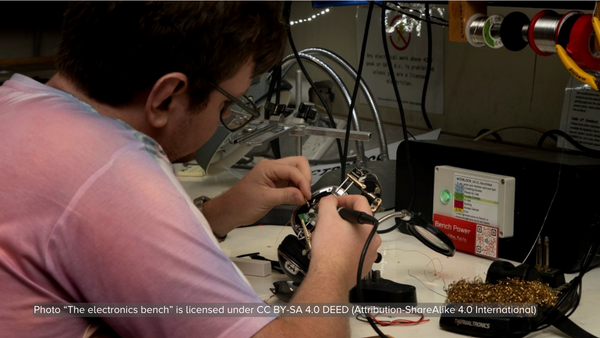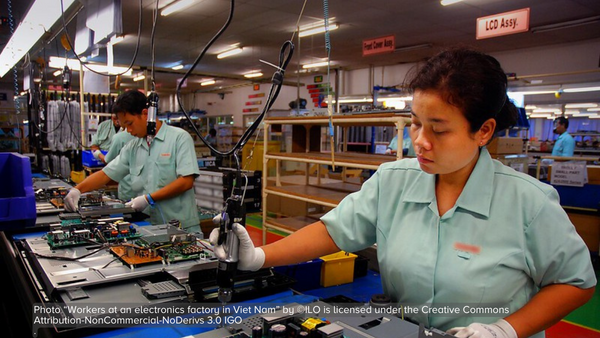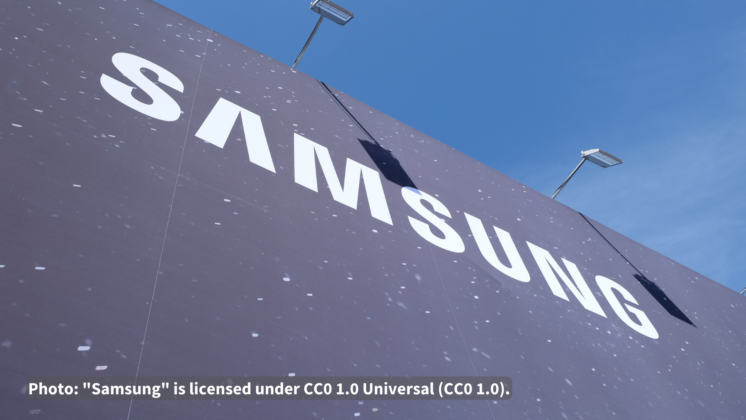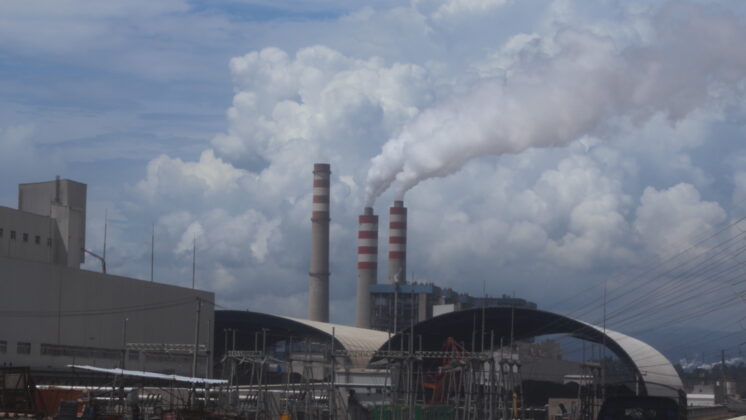The results of the analysis, contained in the report, “Toxic chemicals in computers – Reloaded”, (1) show bromine being present in over 40 per cent of the components tested, at concentrations of up to 10 per cent by weight. Of the components tested, Sony laptops were found to have the lowest number containing bromine, Dell laptops had the highest number.
PVC was found in 44 per cent of all plastic coating of internal wires and external cables that were tested. Phthalates were found in the power cables supplied with all laptops, with the highest levels in those of Acer and HP laptops.
“While levels of certain toxic chemicals in the laptop components tested do not exceed current European standards, other hazardous chemicals found in laptops are not yet covered by European regulations,” said Zeina Alhajj, Greenpeace International toxics campaigner. “Greenpeace’s goal is for computer manufacturers to eliminate the use of toxic materials completely.”
The new report follows up on a similar Greenpeace investigation into toxics in laptops sold in Europe in 2006, prior to the introduction of European legislation on hazardous substances in electrical and electronic equipment, known as RoHS.
With the implementation of RoHS, computer manufacturers have significantly reduced their use of lead, cadmium, mercury, hexavalent chromium and certain brominated flame retardants. These changes have been implemented by all companies and not only for the European market.
“The results demonstrate that legislation in one region can have an influence even in countries where it does not yet apply. However, even where they do exist, current laws fail to regulate all hazardous chemicals in laptops, or in other electrical equipment, “said Dr. Kevin Brigden from the Greenpeace Research Laboratories who oversaw the sampling analyses and produced the report. “Laws which aim to protect human health and the environment must ultimately address all hazardous substances,” he added.
The analysis shows that, for almost every component found to contain either bromine or plastic PVC, an equivalent component free of these chemicals can be found in another laptop.
“In theory, by combining components from different machines, the industry could already almost produce the first toxic-free computer,”
said al-Hajj. “The question is, which company is going to be the first to go the whole way.”

